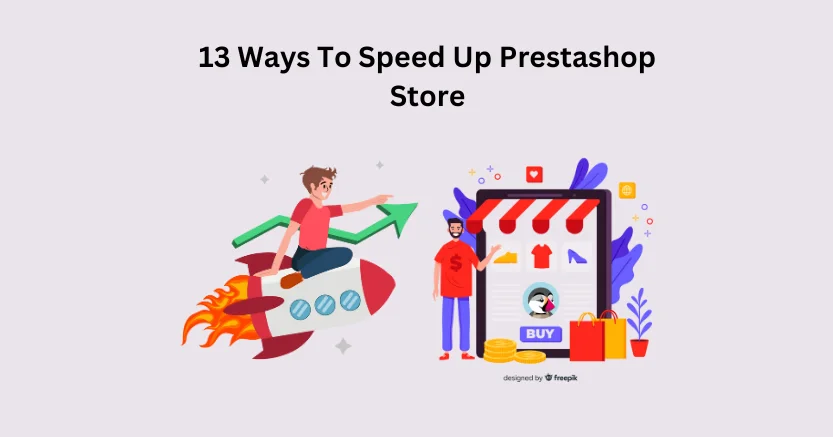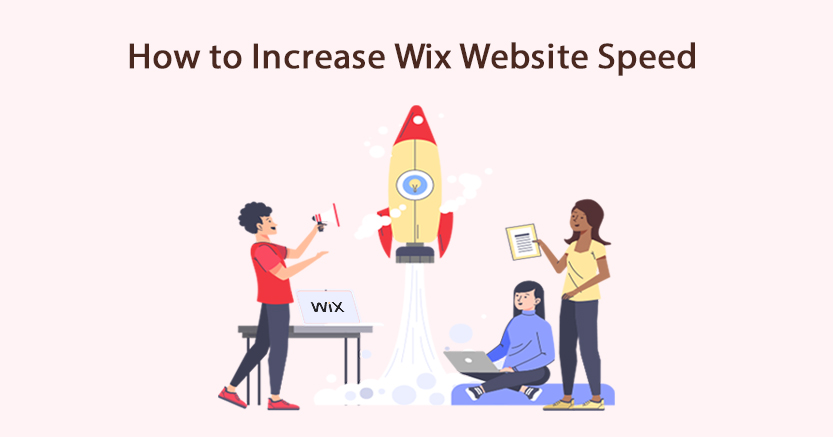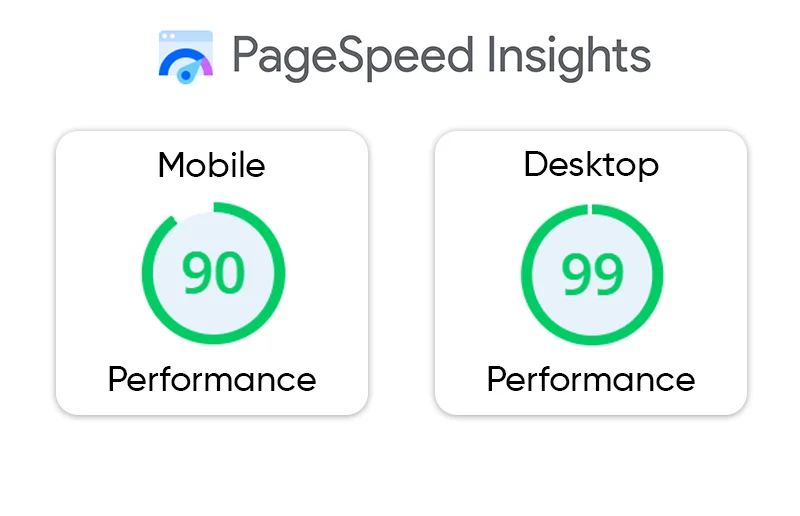Introduction:
As businesses strive for success, ensuring that your ad spends as effective as possible has become increasingly important. One of the most effective ways to do this is by reducing your website’s bounce rate and increasing conversions.Increasing conversions through effective ad spend is a key goal for many businesses. Through the use of targeted ads and well-crafted messages, companies can increase their conversions and reduce their bounce rates. A high bounce rate can be a sign that the ad or message is not connecting with the right audience, or that the landing page is not optimized for conversions.
To increase conversions and reduce bounce rates, it is important to understand how to effectively spend your ad budget. In this blog post, we will dive into the various ways you can effectively reduce your bounce rate, resulting in more effective ad spend and an overall increase in conversions. But first, let’s understand what bounce rate is.
Importance of reducing bounce rates and how it can lead to better ad spend ROI
Reducing bounce rates is an important factor in maximizing ad spend ROI. Bounce rate is defined as the percentage of visitors who leave your website after viewing only one page. A high bounce rate indicates that visitors are not finding what they’re looking for on your website, or it may mean that visitors have reached the wrong page.
By ensuring that visitors are taken to the correct page when they click on your ads, you can reduce the bounce rate and increase conversions, resulting in a better ROI for your ad spend. Additionally, a lower bounce rate makes it easier for search engines to understand the content of your website and to rank it higher in search results, leading to increased organic traffic. Reducing bounce rates is therefore a key part of optimizing your website and ad campaigns for better ROI.
What is Bounce Rate?
Bounce rate is metric marketers use to measure the percentage of visitors who leave a website after viewing only a single page. It is used to measure user engagement on a website and can give an indication of how well a website is doing in terms of providing an enjoyable user experience. The bounce rate is an indication of how successful your website is in converting visitors into customers. A high bounce rate means a missed opportunity to convert those visitors. That is why it is essential to assess your website’s performance by looking at the bounce rate.

Want to read this blog offline?
No worries, download the PDF version
now and enjoy your reading later…
 Download PDF
Download PDF Why Do High Bounce Rates Negatively Affect Conversions?
The bounce rate of a website is one of the most important metrics for measuring user engagement and website performance. High bounce rates can lead to lower conversion rates and thus a poorer user experience. This is because when users are not engaged with the content on a website, they are less likely to convert.
Statistics show that websites with high bounce rates have a lower average revenue per visitor and a lower conversion rate. This can be seen in a study conducted by Adobe, where they found that pages with bounce rates of over 75% had an average revenue per visitor that was 25% lower than those with bounce rates of under 25%.
Similarly, a study by HotJar found that pages with bounce rates of over 50% had an average conversion rate that was 45% lower than those with bounce rates of under 25%.
These studies demonstrate the significant impact that high bounce rates can have on a website’s conversion rate and overall revenue. To improve a website’s performance and user experience, website owners should strive to reduce their bounce rate by providing engaging content, optimizing their page speed, and providing an easy to navigate website.
Strategies To Reduce Bounce Rates & Increase Conversions
To avoid a high bounce rate, there are steps you can take to optimize your website for conversion. These may include improving the user experience, creating more engaging content, and optimizing for search engines.High bounce rates can indicate that a website isn’t appealing to visitors, and it’s essential to understand why this is happening to reduce the rate and improve conversions.
When it comes to reducing the bounce rate, there are several strategies you can implement. Here are some of the most common and effective ways to reduce the bounce rate and increase conversions through effective ad spend.
1. Optimize Your Site for Mobile
With more people using mobile devices to access websites, optimizing your site for mobile is important. Ensure your site is responsive, which will adjust automatically to different screen sizes. Additionally, use images and text that are easily readable on all devices. Optimizing your site for mobile is important for reducing bounce rates because it increases the likelihood that visitors will stay on your site longer and explore more content. Mobile optimization ensures that visitors have a positive experience on your site, regardless of the device they use. By optimizing for mobile, you can make sure that visitors can easily navigate your site, read content, and find what they’re looking for quickly.
2. Keep Your Content Relevant and Engaging
Keeping your content relevant and engaging is critical for reducing bounce rates because it helps to ensure that visitors are interested in what you have to offer and are more likely to stay on your website and explore other pages. Keeping content relevant and engaging also helps to attract more visitors by providing them with valuable information that they can use and act upon. Furthermore, maintaining relevance keeps your website fresh and appealing, so visitors will be more likely to return for more information and purchase products or services.
3. Improve Load Time
Visitors will only stick around if your website loads quickly. Make sure your site is optimized to load quickly, especially on mobile devices. If it’s too slow, visitors will likely bounce. Improving load time increases not only conversions but also reduces bounce rates. When a site loads quickly, visitors are more likely to stay and engage with the content. This, in turn, leads to more conversions and a lower bounce rate. Businesses can increase conversions and reduce bounce rates by taking steps to reduce page load time. This can include optimizing images and code, compressing files, and utilizing content delivery networks.
4. Use Internal Linking
It is a great way to keep visitors on your site and improve the user experience. Internal linking is a powerful SEO tool that helps to improve website visibility, optimize page rank, and increase conversions. Using internal links, helps to guide visitors within a website and direct them to the pages they need to increase conversions and reduce bounce rates. Internal links help establish trust and credibility, which encourages visitors to stay on the website and complete their desired actions. Internal links also serve to make the website more user-friendly and help keep visitors engaged.
5. Include a Clear Call-to-Action
Make sure your website has a clear call-to-action that encourages visitors to take the desired action. This could include subscribing to your newsletter, signing up for a free trial, or making a purchase. Having a clear call-to-action is essential to ensure your website visitors take the desired action. This should be prominently displayed on your website in a manner that is easily visible and understandable. The call-to-action should be in line with the purpose of the website, whether it’s to subscribe to a newsletter, sign up for a free trial, or make a purchase. This helps to reduce bounce rates and also encourages visitors to take the desired action.
6. Use Targeted Ads
Targeted ads can help reduce bounce rates and increase conversions by showing ads that are specifically tailored to the interests of the user. By carefully selecting the types of ads that are displayed, advertisers are able to ensure that the ads are relevant and engaging to the target audience. This increases the likelihood of users clicking on the ad and staying on the page, thus reducing the bounce rate and increasing conversions. Additionally, targeted ads can also be used to increase visibility and reach potential customers who may not have otherwise been exposed to a particular brand or product.
The Role of Effective Ad Spend in Reducing Bounce Rates
Ad spend plays an important role in reducing bounce rates. Effective ad spend helps to ensure that your ads are well targeted and reach your target audience. Ads that are well targeted and relevant to the user’s query are more likely to lead to a successful interaction on the website, resulting in a lower bounce rate. Additionally, ads that are well placed in the search engine results page can also increase the chances of a successful interaction and lower bounce rates.
An effective ad spend strategy should also consider the cost-per-click and cost-per-acquisition metrics, as well as the overall return on investment. By ensuring that the ads are well targeted and placed in the right locations, businesses can significantly reduce bounce rates and see an increase in conversions.
The importance of targeting the right audience and using the right ad format to improve engagement cannot be overstated. Knowing who your target audience is and creating an ad that is tailored to their interests, needs, and wants will ensure that your ad reaches the right people and resonates with them. Not only that, but using the right ad format can also make a huge difference when it comes to engagement. Different ad formats work better for different types of audiences, so it’s important to pick the one that best suits your target audience.
It’s Time for a Speedy Makeover: Reduce Bounce Rate, Optimize Your Site!
Speed Up Website NowMeasuring The Impact of Reducing Bounce rates on Ad Spend ROI
Measuring the impact of reducing bounce rates on ad spend ROI consists of three steps.
First, track the current bounce rate of your website. This can be done by using Google Analytics or other analytics programs. Once the current bounce rate is established, create a goal to reduce it.
Second, adjust your ad spend in order to reduce the bounce rate. This can be done by focusing on target audiences and optimizing ad spend for high-performing pages on your website. Additionally, you can look into A/B testing to see what works best.
Finally, measure the ROI of your ad spend by tracking engagement. This can be done by tracking how often users are visiting your website, how many pages are being viewed, and how long users are spending on each page. This will give you a better understanding of how successful your ad spend is in reducing bounce rates and driving ROI.
CONCLUSION
By implementing these strategies and ad spends, you can reduce the bounce rate and improve conversions. Remember, the key is to provide an enjoyable user experience and make sure your content is engaging and relevant. This will help to keep visitors on your website and increase conversions.
February 20, 2023
Leave a Comment
















































